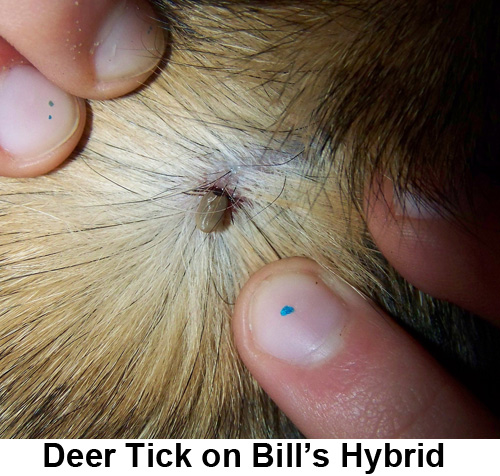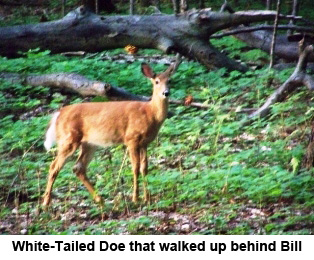The Massasauga Rattlesnake
A CLOSE ENCOUNTER OF THE POISONOUS KIND
June 2010
The one and only venomous snake in Ontario is the Massasauga Rattlesnake. It is officially listed as threatened. The majority of its population can be found on Beausoleil Island in Georgian Bay as well as along the shores of Georgian Bay and on the Bruce Peninsula, including the eastern shores of Lake Huron. In some areas along the Georgian Bay coastline where rivers empty into the bay, these snakes have used the river systems as access routes to penetrate, in some cases many kilometers inland.
For example, I recall stopping my car on the side of the road one summer morning many kilometers east and inland from Georgian Bay, when I saw a stout-bodied snake on the pavement. I got out of the car to take a look. Sure enough it turned out to be a Massasauga Rattler, albeit a very dead one since it had been run over at some point.
The Northern House Wren
 For the last few years I have had a breeding pair of Northern House Wrens nesting in a bird house in my back yard and I just love these little guys. When it comes to exuberant singing, these little fellows are champs. I can sit out on my deck and from only a few meters away watch them flit in and out and around their nest box and listen to their song. These energetic little birds are truly something that I look forward to every spring and summer. And like so many other very small birds, it never ceases to amaze me how this species survives its flight during migration to and from southern tropical climates.
For the last few years I have had a breeding pair of Northern House Wrens nesting in a bird house in my back yard and I just love these little guys. When it comes to exuberant singing, these little fellows are champs. I can sit out on my deck and from only a few meters away watch them flit in and out and around their nest box and listen to their song. These energetic little birds are truly something that I look forward to every spring and summer. And like so many other very small birds, it never ceases to amaze me how this species survives its flight during migration to and from southern tropical climates.
Lyme Disease and the Deer Tick
 In order to be infected with Lyme Disease you must first come in contact with the tick carrying the micro-organism called BORRELIA BURGDORFERI which is the cause of the disease. Certain areas of Ontario have shown to have more of the infected deer ticks than other locations. The area along the north shore of Lake Erie appears to have the highest population of infected ticks, averaging one infected tick for every 10 ticks found.
In order to be infected with Lyme Disease you must first come in contact with the tick carrying the micro-organism called BORRELIA BURGDORFERI which is the cause of the disease. Certain areas of Ontario have shown to have more of the infected deer ticks than other locations. The area along the north shore of Lake Erie appears to have the highest population of infected ticks, averaging one infected tick for every 10 ticks found.
Elsewhere in the province the incidence of infected ticks appears to be far lower. Therefore your chances of being bitten and infected, which takes upwards of 36 to 48 hours to occur before the disease is conveyed, is quite remote.
Parvo Virus a Killer
Parvovirus, the deadly virus that causes diarrhea and death in canids is a major problem throughout the world. This disease is highly contagious, and is caused by a tiny virus which attacks the intestinal tract.
Dogs of all ages are susceptible to this ravager of body fluids, however, pups aged eight weeks to about 16 weeks are the most vulnerable. Most canids depending on their age succumb to this condition within three or four days. Although a disease afflicting domestic canines, parvo will also infect and kill wolves and wolf\dog hybrids. Parvo has also incidentally been found in wild populations of wolves in various areas of Canada and the U.S. which have spread from domestic canines.




